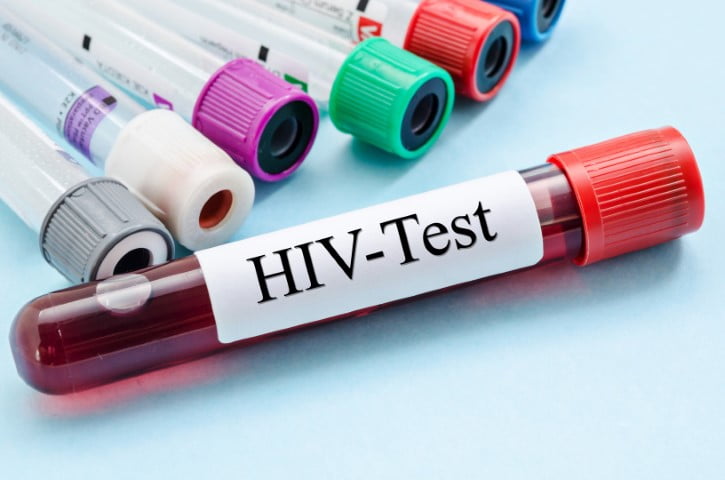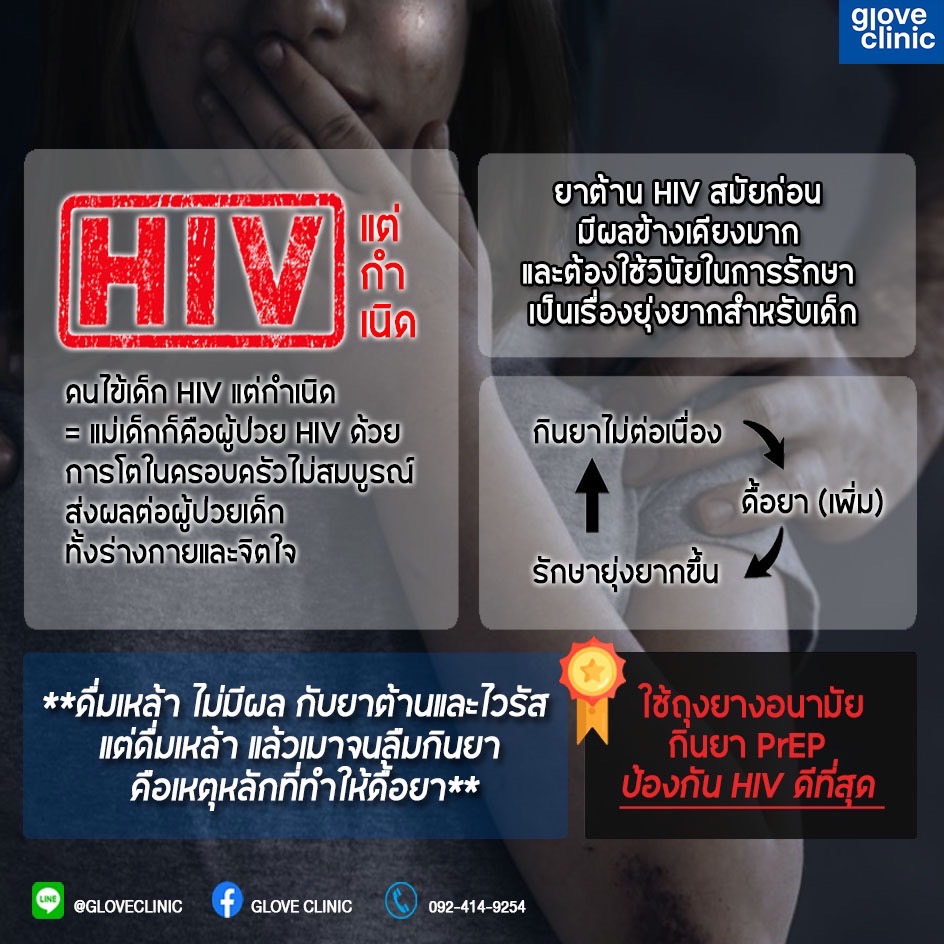294/1 Asia Building (11th Floor), Phyathai, Bangkok
Vaginal Candidiasis

What is vaginal candidiasis
Candidiasis is an infection caused by a yeast (a type of fungus) called Candida. Candida normally lives inside the body (in places such as the mouth, throat, gut, and vagina) and on skin without causing any problems. Sometimes Candida can multiply and cause an infection if the environment inside the vagina changes in a way that encourages its growth. Candidiasis in the vagina is commonly called a “vaginal yeast infection.” Other names for this infection are “vaginal candidiasis,” “vulvovaginal candidiasis,” or “candidal vaginitis.”
Symptoms
The symptoms of vaginal candidiasis include:
- Vaginal itching or soreness
- Pain during sexual intercourse
- Pain or discomfort when urinating
- Abnormal vaginal discharge
Although most vaginal candidiasis is mild, some women can develop severe infections involving redness, swelling, and cracks in the wall of the vagina. These symptoms are similar to those of other types of vaginal infections, which are treated with different types of medicines. A healthcare provider can tell you if you have vaginal candidiasis and how to treat it.
Who gets vaginal candidiasis?
Vaginal candidiasis is common, though more research is needed to understand how many women are affected. Women who are more likely to get vaginal candidiasis include those who:
- Are pregnant
- Use hormonal contraceptives (for example, birth control pills)
- Have diabetes
- Have a weakened immune system (for example, due to HIV infection or medicines that weaken the immune system, such as steroids and chemotherapy)
- Are taking or have recently taken antibiotics
How can I prevent vaginal candidiasis?
Wearing cotton underwear might help reduce the chances of getting a yeast infection. Because taking antibiotics can lead to vaginal candidiasis, take these medicines only when prescribed and exactly as your healthcare provider tells you.
Sources
Scientists estimate that about 20% of women normally have Candida in the vagina without having any symptoms. Sometimes, Candida can multiply and cause an infection if the environment inside the vagina changes in a way that encourages its growth. This can happen because of hormones, medicines, or changes in the immune system.
Diagnosis & Testing
Healthcare providers usually diagnose vaginal candidiasis by taking a small sample of vaginal discharge to be examined under a microscope in the medical office or sent to a laboratory for a fungal culture. However, a positive fungal culture does not always mean that Candida is causing symptoms because some women can have Candida in the vagina without having any symptoms.
Treatment
Vaginal candidiasis is usually treated with antifungal medicine. For most infections, the treatment is an antifungal medicine applied inside the vagina or a single dose of fluconazole taken by mouth. Other treatments may be needed for infections that are more severe, that don’t get better, or that keep coming back after getting better. These treatments include more doses of fluconazole taken by mouth or other medicines applied inside the vagina, such as boric acid, nystatin, or flucytosine.
Reference : https://www.cdc.gov/fungal/diseases/candidiasis/genital/index.html
Make Appointment





Relate content :

Your Guide to Sexual Health Clinics: Everything You Need to Know
Are you seeking information about sexual health clinics? Whether you're looking for routine check-ups, specific treatments, or simply want to learn more about your sexual health, this blog post is here to guide you. We'll discuss what sexual health clinics are, how to choose the right one, and provide a spotlight on sexual health clinics…
ฉีดวัคซีนงูสวัดที่ glove clinic
งูสวัดคือไวรัสชนิดหนึ่ง (Herpes zoster) ซึ่งเป็นเชื้อไวรัสตัวเดียวกันกับอีสุกอีใส (Varicella zoster) เมื่อเราติดเชื้อไวรัสอีสุกใสในวัยเด็กแล้ว ไวรัสสามารถที่จะหลบซ่อนได้ในร่างกายเป็นเวลานานหลายปี จนกระทั่งเมื่อร่างกายอ่อนแอ ไวรัสนั้นจึงออกมาทำให้เกิดอาการตุ่มน้ำใส ปวดแสบร้อนตามบริเวณที่เส้นประสาทต่าง ๆ ของร่างกายซึ่งเรียกกันว่างูสวัด
ตรวจ HIV รีวิวความรู้สำหรับการตรวจเอชไอวี (HIV test)
เอชไอวีคือไวรัสที่สามารถติดต่อได้จากการมีเพศสัมพันธ์, การใช้เข็มฉีดยาร่วมกัน, และการติดจากแม่สู่ลูก เมื่อติดเชื้อไวรัส HIV ไวรัสจะทำให้ภูมิคุ้มกันของร่างกายอ่อนแอลง และติดเชื้อโรคอื่น ๆ ได้ง่าย
ปีนี้มีคนไข้ป่วยด้วยไข้เลือดออกมากกว่า 2-3 ปีที่ผ่านมา
เนื่องจากว่าผู้คนกลับมาใช้ชีวิตปกติ มีการเดินทาง จึงพบการระบาดมากขึ้น โดยจากสถิติของกรมควบคุมโรคพบว่ามีผู้ป่วยด้วยไข้เลือดออกในประเทศไทยเกินกว่า 60,000 รายไปแล้วทั้งปี 2566 ไข้เลือดออกเป็นโรคที่ก่อให้เกิดความรุนแรงได้ทั้งในเด็กและผู้ใหญ่ โดยเฉพาะอย่างยิ่งในคนที่เป็นซ้ำครั้งที่ 2 จะมีโอกาสเกิดภาวะช๊อคและเสียชีวิตได้มากขึ้น (โอกาสเสียชีวิตอยู่ราว ๆ 1:1,000) วัคซีนไข้เลือดออกรุ่นใหม่สามารถครอบคลุมได้ทั้ง 4 สายพันธุ์และทั้งนี้ผลการศึกษาพบว่าช่วยป้องกันการติดเชื้อได้ถึง 80% และลดโอกาสการนอนโรงพยาบาลได้ถึง 90% นอกจากนี้ยังสามารถฉีดได้ทั้งในคนที่เคยและไม่เคยเป็นไข้เลือดออกมาก่อน (วัคซีนไข้เลือดออกรุ่นเก่าไม่ควรฉีดในคนที่ยังไม่เคยเป็นไข้เลือดออก) สอบถามข้อมูลเพิ่มเติมเรื่องวัคซีนไข้เลือดออกได้ที่ 092-414-9254, Line Official @gloveclinic (มีแอดข้างหน้า)
HIV แต่กำเนิด
ประเด็นร้อนที่ได้รับการพูดถึงอย่างมากในโลกออนไลน์ที่มีข้อความของนักศึกษาหญิงเปิดเผยว่าตัวเธอเองได้มีเพศสัมพันธ์แบบ one night stand เวลาไปเที่ยวกลางคืนบ่อยครั้ง และได้บอกความจริงว่าเธอเองมีเชื้อ HIV
